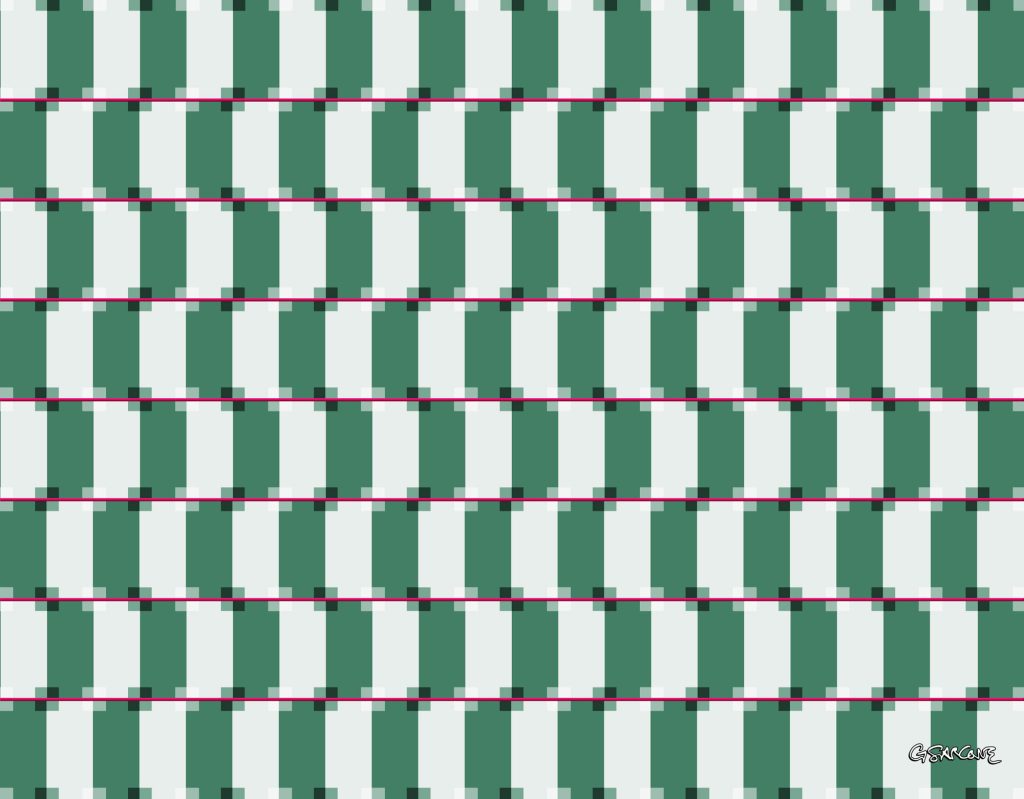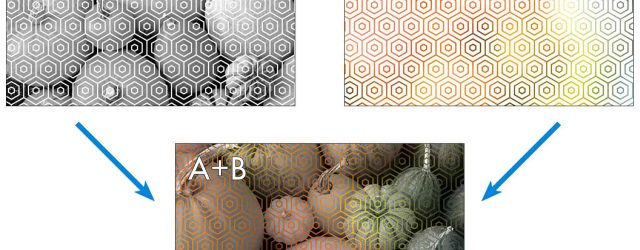Is yellow the true color of the sun? Our sun emits a broad spectrum of radiation, including visible light, which is crucial for life on Earth. In the vacuum of space, the sun appears white because it emits light across all wavelengths fairly evenly. However, when this light enters our atmosphere, it encounters air molecules and particles that scatter shorter wavelengths—primarily blue light—more effectively than longer wavelengths like red and yellow.

Simultaneous Color Contrast Explained…
Consider a small, clear disc placed against a blue background. The disc may appear slightly yellow due to the influence of the blue light surrounding it. This visual effect is similar to how we perceive the sun against the blue sky.In essence, while the sun itself emits white light, our atmosphere alters its appearance, leading us to see it as yellowish or orangish at times.
Additionally, not all species perceive colors in the same way. Different animals have varying sensitivities to wavelengths of light. This means their experience of color and light can be quite different from ours.
For more fun facts about color perception and optical illusions, visit Archimedes Lab.












